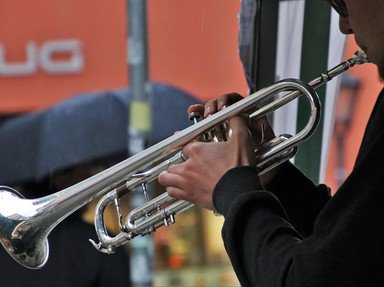Quiz Answer Key and Fun Facts
1. Who is the great tenor player who helped introduce the "bossa nova sound" in the 1960s ?
2. Which Missouri-born tenor player is best known for his solo of "Body and Soul?"?
3. Who was the tenor player who was so great, that Billie Holiday dubbed him "Prez" because his ability made him "President " of reed players?
4. Which of these people was a tenor player who embraced the jazz-rock fusion and played with the "Saturday Night Live band" in the 1980s ?
5. Who is the Argentine-born tenor player famous for composing the music for the movie "Last Tango in Paris" and for always wearing a black fedora?
6. Who is the great tenor player who has a Danish non-profit foundation and a Danish prize in music named after him?
7. In the Tom Hanks movie, "The Terminal," Tom Hanks plays an Eastern European man who comes to the United States just to get the autograph of this great American tenor player.
8. Which Louisiana-born tenor player is famous for his R&B solo on "Flying Home?"
9. Which of these saxophonists held his instrument in a way that some people thought looked like he had a disease?
10. Who is the great tenor player who famously took a year off from performing to practice late at night near the Wiliamsburg Bridge in New York City? He was also famous for wearing a Mohawk haircut for several years.
Source: Author
LeaRock
This quiz was reviewed by FunTrivia editor
agony before going online.
Any errors found in FunTrivia content are routinely corrected through our feedback system.
